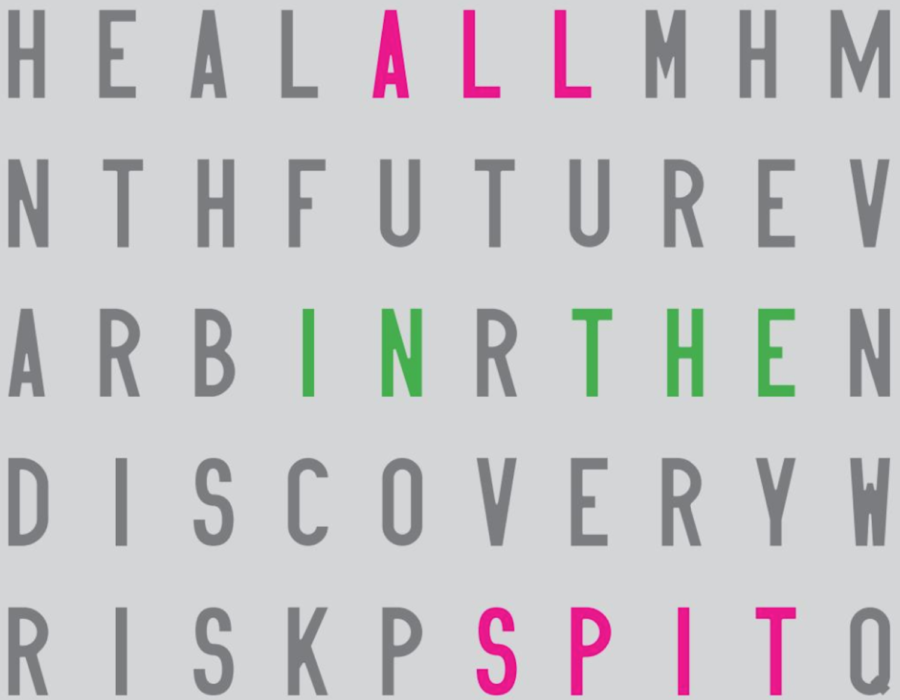All in the Spit
How much is our spit worth? Our contemporary technology has made information regarding one’s heritage and health increasingly accessible; yet, so many people are still skeptical of genetic testing companies like 23andMe. The question is why?
Aside from containing enzymes that break down food, saliva is made up of chromosomes that become the genetic outline of your being. 23andMe, a biotechnology company, provides a unique DNA analysis service that many people find fascinating due to the among of information that is able to be uncovered. Although it may not seem professional, customers spit in a tube, send it to 23andMe and the company breaks the DNA down to analyze the chromosomes. The results of these tests can reveal everything that makes each person unique, including their heredity line and any signs of possible health issues that might develop later in life. These kinds of companies are rising to become the most powerful platforms for health, drug and ancestry discovery in the world, meaning that their technology will be constantly be improving and developing, until there is nothing that they are not capable of.
Founded in 2006, 23andMe uses an Illumina genotyping chip, commonly seen in other medical research, that accesses customers’ genetic information, and then align it with other samples that have been collected in the past. “Matching is done by comparing the percent of shared DNA and the length of shared DNA segments with other customers who are participating in ‘DNA Relatives,’” a 23andMe spokesperson, who wishes to remain anonymous, said. “Ninety-five percent of 23andMe customers participating in ‘DNA Relatives’ connect with a third-degree cousin or closer relative.” Through this matching technique, 23andMe is able to find trends in the client’s DNA and determine various traits, carriers or health risks that may occur later in life. “Our mission is to help people access, understand and benefit from the human genome,” the spokesperson said.
In addition to learning more about personal data and ancestry, customers are given the opportunity to take part in genetic research studies that the company executes. For those who are interested in volunteering to join the research section of the company, 23andMe makes it as easy as clicking a button to be added to the vast pool of other participants. As of now, they have a Mount Sinai Asthma Health study, as well as MyHeart Counts, a study that is paired with Stanford Medicine. Both of these studies allow participants to join once they have downloaded an app which leads to a few surveys to gather more patient information to base data points off of. After the data is recorded, results are compared to existing patient studies to be examined and searched for external factors that might have had an influence on the data gathered. The Mount Sinai Asthma Health study is searching for possible causes of patient-reported asthma cases, seeing results such as pollen levels and heat. Stanford Medicine’s MyHeart Counts study has the goal of limiting heart diseases, strokes and other diseases by monitoring the activity and health of a participant’s heart. Seeing as MyHeart Counts is also an application, university scientists use the gathered data to improve methods for treating and preventing heart-related diseases.
Though there are many benefits that come with viewing one’s genetic results, the consideration of privacy and sharing genetic information is a common concern raised by critics. The fear of an invasion of privacy while shipping DNA data to labs is one of the main points anti-genetic analysts are concerned about. As the rise of leaked data fills the headlines of many new sites, our society is constantly apprehensive of private information accidentally going public, causing harsh judgment of services such as 23andMe. “Privacy is important for our customers,” the company spokesperson said. “And 23andMe does not share customer data with any public databases.”
Aside from privacy, another concern is the alternative consequences that may come from finding out information about one’s genetic test results. On the 23andMe website, there are two types of tests you can take to decode your genes. One of these tests is the Ancestry Test, which can analyze your genome and uncover exactly where you are from and who you may be related to and the Health + Ancestry service will give you a comprehensive report on your genetic health. This report tells customers whether they are at risk of developing a disease in the future, carry certain traits they might be unaware of and provides reports on the customers’ sleep patterns.
This poses two controversial questions: is it helpful for someone to know that they may develop a life-threatening disease later in life? Would someone want to know if they are a carrier for a disease that could be passed on to their children?
Sophie Stier, a Paly junior, has been interested in using a product such as 23andMe to learn more about her family’s heritage and migration history. However, she also considered these controversial questions. “Firstly, my dad thinks that it is possible for them [companies such as 23andMe] to keep my health results and possibly sell them to health insurance companies in the future,” Stier said. “If I am highly at risk for a disease that is expensive to treat, health insurance companies can make me pay a lot more money than I would have if they didn’t know.” While she is still in high school, Stier isn’t ready to have her DNA analyzed but finds the results interesting in terms of what the technology is capable of doing. “Most of my ancestors were from Europe, but they immigrated to Argentina at different times,” Stier said. “I would love to know more about my roots and where they [my ancestors] came from specifically.”
As the number of companies similar to 23andMe start to increase, we can only wonder what the next steps in genetic research will allow us to discover. Will our technology let us clone humans from a small DNA sample? If that does happen, then the advancement in our society will be unlike anything we’ve seen before, and all from a single tube of spit.

When deciding which publication she wanted to join, junior Kailee Correll believes that C Mag seemed like the perfect fit because of its amazing designs,...








